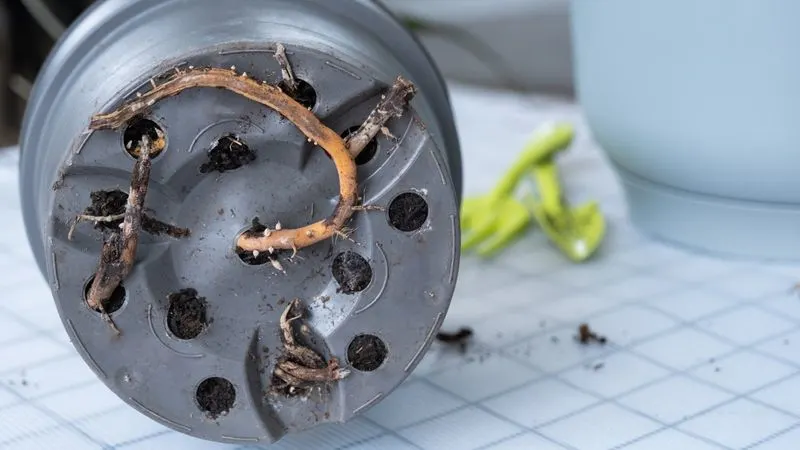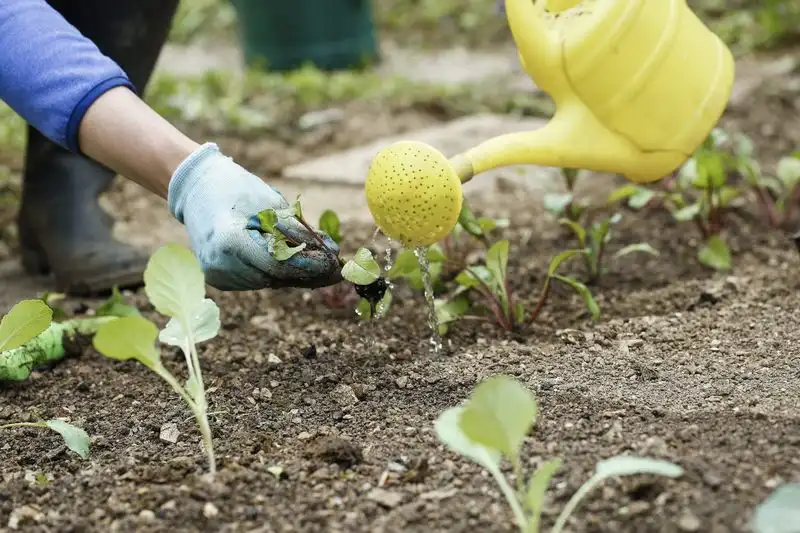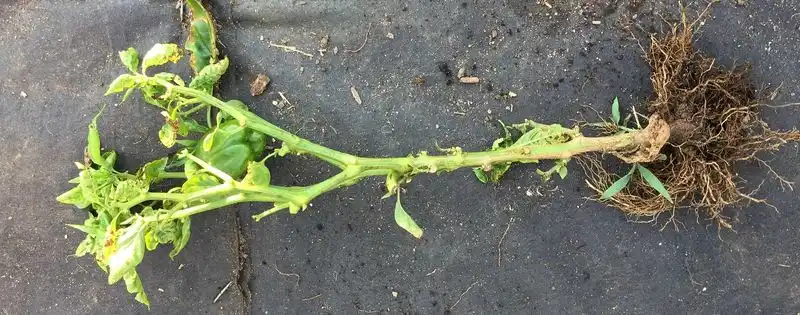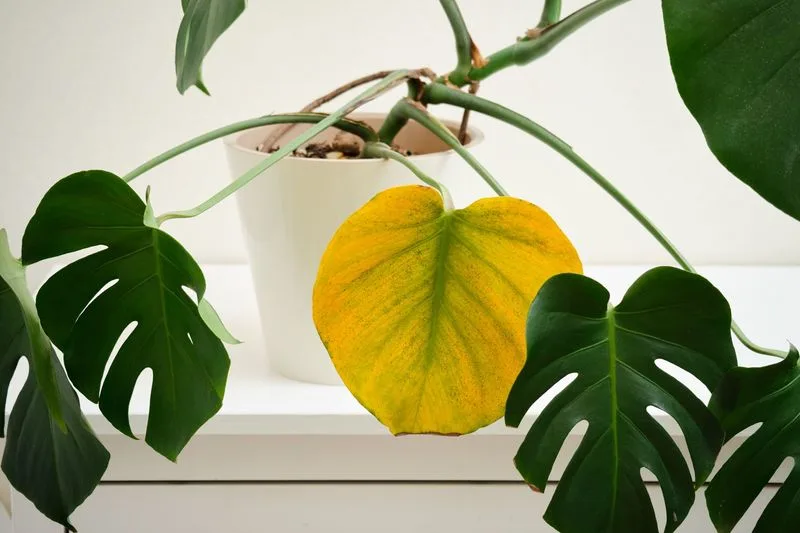Plants don’t exactly raise a hand when they’ve outgrown their pots, but they do give off signals and once you know what to look for, those hints become pretty obvious. Maybe water rushes straight through the drainage holes, or roots start circling the surface like they’re looking for a way out. These little clues usually mean your plant is ready for a roomier home.
Repotting isn’t something you have to do on a strict schedule. Some plants are fine staying put for a while, while others quickly stretch past their limits. If growth has stalled, leaves seem dull, or the soil dries out faster than usual, it might be time to take a peek below the surface. A snug pot can lead to stress, and giving your plant a bit more space can make a real difference.
Roots Emerge from Drainage Holes

Notice roots sneaking out of the drainage holes of your pot? This is a sure sign your plant seeks more space. Roots that can’t spread may become tangled or bound, stifling growth.
When roots escape their confines, it signifies that your plant is yearning for freedom. The restriction can hinder nutrient absorption, leading to a less vibrant plant.
Consider giving it a roomier home. Relocating the plant to a larger pot allows roots to expand, promoting healthier foliage and more vigorous growth. Remember, a happy root system often means a happy plant!
Soil Dries Out Quickly

Have you found yourself constantly watering your plant, only to see the soil dry up rapidly? This could mean it’s time for a change.
Fast-drying soil may indicate that the roots have taken over, leaving little room for moisture retention. This results in a thirsty plant, craving constant hydration.
By repotting, you introduce fresh soil with better moisture-holding capacity. This not only quenches your plant’s thirst but also supports root health and overall vitality. Fresh soil means a fresh start!
Stunted Growth

Is your plant not growing as expected? Stunted growth could be a cry for more space. When a plant’s development halts, it often signals that its roots are cramped.
Limited space can restrict access to vital nutrients, stalling growth. By providing a larger pot, you enable the roots to access the resources they need.
With new space comes new growth opportunities. It’s like giving your plant a permission slip to thrive. This change can lead to a flourishing, vibrant plant with lush, new foliage.
Yellowing Leaves Despite Proper Care

Despite your best gardening efforts, are the leaves on your plant turning yellow? This might suggest a need for repotting.
Yellowing leaves can be a consequence of overcrowded roots, which struggle to obtain essential nutrients. A larger pot can alleviate this stress by improving nutrient access.
Repotting can revitalize your plant, returning it to its green glory. With more room to breathe, your plant can recapture its vitality, showcasing lush, vibrant leaves once again.
Cracked or Deformed Pot

Has your pot started to crack or deform? This physical change highlights the need for repotting. Overgrown roots can exert pressure on their current home.
A pot that can’t contain its occupant any longer may break under the strain. Such signs are a plant’s silent plea for more space.
Transferring to a sturdier, larger pot provides the roots with the room they need. This proactive step can prevent future damage and support the ongoing health of your plant.

